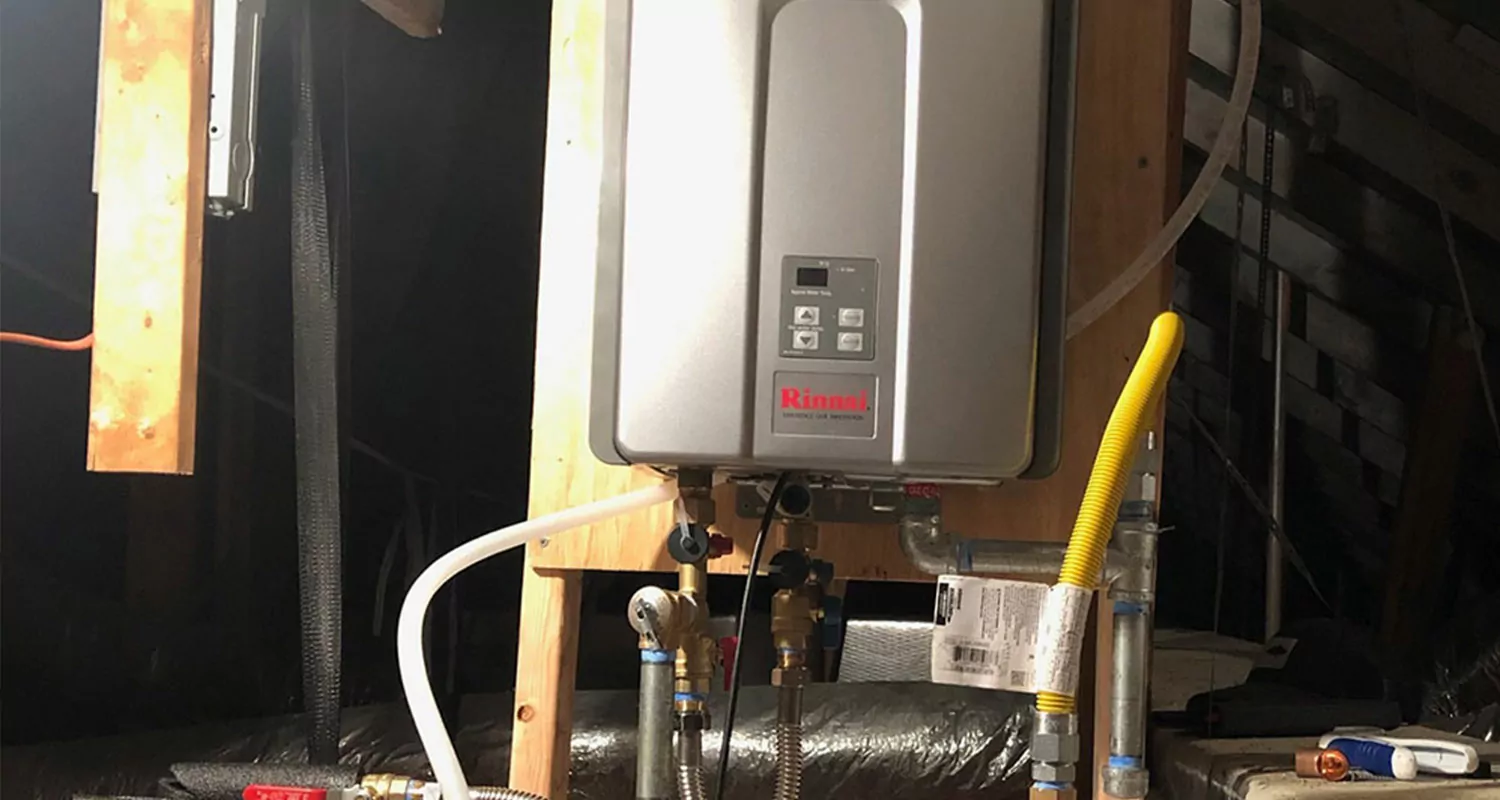Maintaining Your Home's Hot Water System: Essential Tips
Maintaining Your Home's Hot Water System: Essential Tips
Blog Article
The article author is making a few good annotation on Tips For Maintaining Your Hot Water Heater as a whole in this post further down.

Warm water is crucial for daily comfort, whether it's for a revitalizing shower or cleaning recipes. To guarantee your warm water system runs efficiently and lasts much longer, normal upkeep is crucial. This post offers functional ideas and insights on how to maintain your home's hot water system to avoid disruptions and pricey fixings.
Intro
Keeping your home's warm water system could appear overwhelming, yet with a couple of straightforward actions, you can guarantee it operates smoothly for years to come. This guide covers everything from recognizing your warm water system to do it yourself maintenance suggestions and recognizing when to call specialist aid.
Value of Preserving Your Hot Water System
Regular upkeep not just expands the life expectancy of your hot water system but also guarantees it runs effectively. Overlooking maintenance can cause decreased performance, greater energy bills, and also early failure of the system.
Signs Your Hot Water System Demands Upkeep
Understanding when your hot water system requires interest can avoid major concerns. Watch out for signs such as irregular water temperature level, unusual noises from the heating system, or rustic water.
Understanding Your Warm Water System
Prior to diving into upkeep tasks, it's helpful to recognize the fundamental components of your warm water system. Usually, this consists of the water heater itself, pipelines, anode rods, and temperature controls.
Regular Monthly Maintenance Tasks
Normal regular monthly checks can help capture minor concerns before they rise.
Flushing the Hot Water Heater
Flushing your hot water heater eliminates sediment accumulation, improving performance and prolonging its life.
Monitoring and Replacing Anode Rods
Anode poles avoid deterioration inside the storage tank. Evaluating and changing them when worn out is critical.
Examining and Readjusting Temperature Setups
Adjusting the temperature level settings makes sure optimum performance and security.
DIY Tips for Maintenance
You can execute a number of upkeep tasks yourself to maintain your hot water system in leading condition.
Checking for Leakages
Routinely evaluate pipes and links for leakages, as these can result in water damage and higher costs.
Testing Pressure Alleviation Valves
Testing the pressure safety valve guarantees it functions properly and protects against excessive stress build-up.
Insulating Pipes
Shielding hot water pipelines lowers heat loss and can save power.
When to Call a Professional
While DIY maintenance is valuable, some concerns require expert know-how.
Facility Issues Needing Specialist Aid
Examples include major leakages, electric troubles, or if your water heater is consistently underperforming.
Routine Expert Upkeep Advantages
Expert upkeep can consist of detailed inspections, tune-ups, and guaranteeing compliance with security requirements.
Verdict
Normal upkeep of your home's warm water system is essential for efficiency, longevity, and cost savings. By following these suggestions and understanding when to seek professional help, you can ensure a reputable supply of hot water without unexpected disruptions.
How to Maintain an Instant Hot Water Heater
Before tinkering with your hot water heater, make sure that it’s not powered on. You also have to turn off the main circuit breaker and shut off the main gas line to prevent accidents. Also turn off the water valves connected to your unit to prevent water from flowing into and out of the appliance. 2. When you’re done, you have to detach the purge valves’ caps. These look like the letter “T†and are situated on either side of the water valves. Doing so will release any pressure that has accumulated inside the valves while at the same time avoid hot water from shooting out and burning your skin. 3. When the purge valves’ caps are removed, you have to connect your hosing lines to the valves. Your unit should have come with three hoses but if it didn’t, you can purchase these things from any hardware or home repair shops. You can also get them from retail stores that sell water heating systems. Read the user’s manual and follow it to complete this task properly. When the hosing lines are connected, open the purge port’s valves. 4. You should never use harsh chemical cleaners or solutions when cleaning your unit. Make use of white vinegar instead. It should be undiluted and you’ll probably use about 2 gallons. 5. Now flush your water heater. This task should probably take about 40 minutes. We can’t give you specific directions for this because the procedure is carried out depending on the type, model and brand of your heater. With that being said, refer to the user’s manual. 6. When you’re done draining the unit, you have to turn off the purge port valves again. Remove the hosing lines that you earlier installed on each of the water valves. Put the valve caps (purge port) back in their respective places and be very careful so as not to damage the rubber discs that are found inside these caps. 7. Now that everything’s back in place, check your user’s manual again to find out how to reactivate your water heating system. 8. Once it is working, turn one of your hot water faucets on just to let air pass through the heater’s water supply pipes. Leave the tap on until water flows smoothly out of it. https://www.orrplumbing.com/blog/2014/september/how-to-maintain-an-instant-hot-water-heater/

I found that piece about Tips on Maintaining a Water Heater while doing a lookup on the search engines. Sharing is nice. Helping people is fun. Many thanks for your time. Return soon.
Contact Report this page